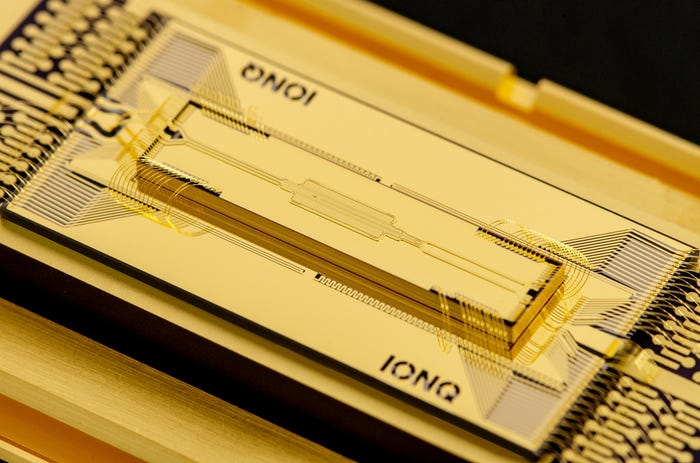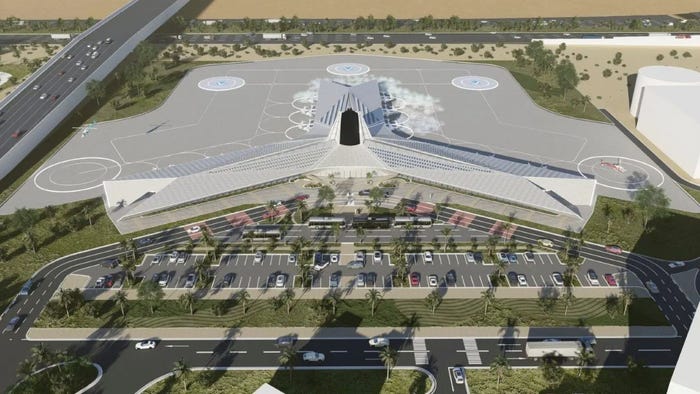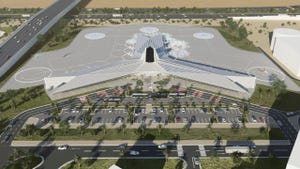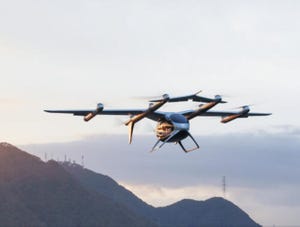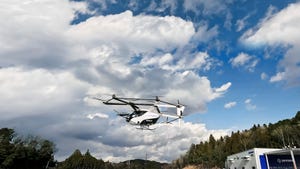Flying Taxi Company Expands in California, Sells 50 VehiclesFlying Taxi Company Expands in California, Sells 50 Vehicles
Plans include establishing new vertiports to service electric flying vehicles across Southern California

A California eVTOL (electric vertical takeoff and landing) startup has teamed with a private jet management company to set up operations for electric flying vehicles throughout Southern California.
Overair, maker of the Butterfly electric aerial vehicle (EAV), and infrastructure developer Clay Lacy Aviation plan to start by developing electric charging facilities at Clay Lacy locations at John Wayne Airport in Orange County and Van Nuys Airport in Los Angeles.
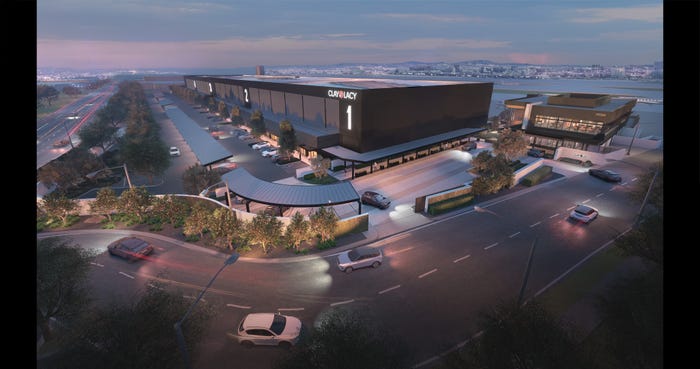
The companies are looking to establish new vertiports to service EAVs across Southern California.
“Advanced air mobility (AAM) is an ideal addition to Southern California’s transportation network, creating a new option for fast, safe, and quiet transportation in the region,” said Valerie Manning, chief commercial officer of Overair. “We have been working with our partners at Clay Lacy for over a year and are delighted to announce our shared plan.”
For its parts, Overair brings expertise in aircraft integration, maintenance, certification, user and vertiport software integration, flight path planning and public awareness building while Clay Lacy plans to focus on the development of charging infrastructure and aircraft operation logistics.
Overair in Santa Ana, California, completed its first full-scale prototype last year and now is moving to the vehicle-level testing phase.
Earlier this year, Overair received a letter of intent from India’s largest private jet provider for the purchase of 50 of its Butterfly EAVs.
The order from JetSetGo represents its initial $1.3 billion AAM investment.
Overair’s Butterfly uses optimum speed tilt rotor and individual blade control technologies.
The tilt rotor technology varies propeller rpm to increase efficiency while ascending and forward flight phases reduce power demand at hover by 60%, according to the company.
The blade control technology reduces vibration and propeller loads to provide smoother riding.
The Butterfly has four oversized rotors, significantly larger than typical eVTOL vehicles, and is designed to carry a pilot, five passengers and luggage.
Target markets for the EAV include passenger travel, medical, cargo and military applications.
Overair, which was spun out of Karem Aircraft in 2020, has partnerships with the Dallas Fort Worth Airport, the city of Arlington, Texas and Jeju Island, South Korea.
The DFW partnership includes conducting a feasibility assessment for integrating passenger eVTOL operations across the North Texas region. Overair also has partnerships with Hanwha Systems and Bristow Group.
Like what you've read? For more stories like this on flying cars and emerging technologies, sign up for our free daily email newsletter to stay updated!
Read more about:
Flying CarsAbout the Author
You May Also Like


